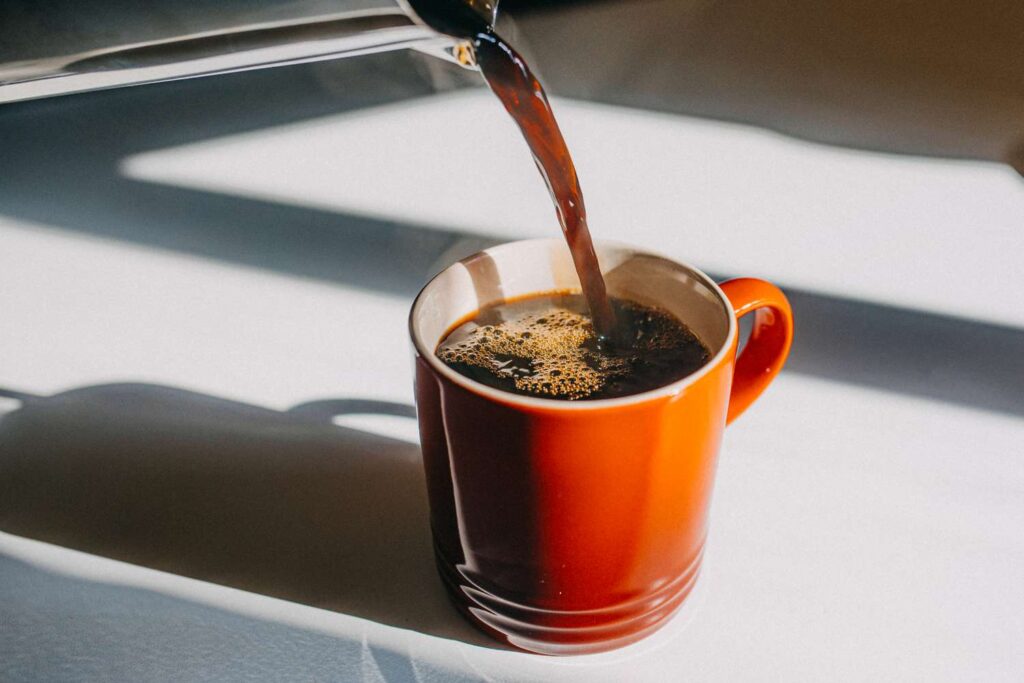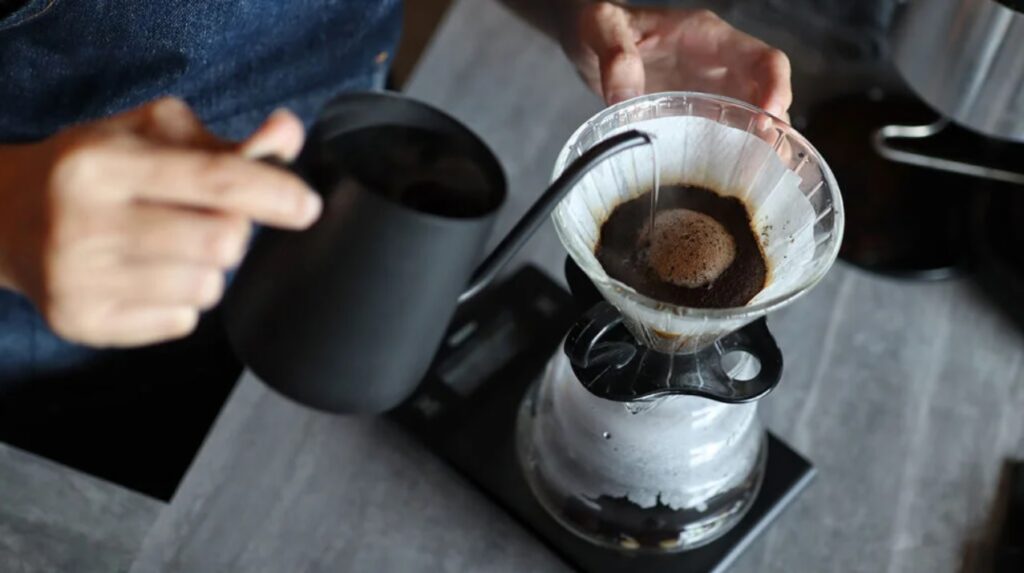If you live with high blood pressure, every sip and bite can feel like a potential threat to your arteries. Salt, alcohol, and stress usually top the list of concerns—but coffee often sparks the most confusion. Some people swear their morning brew makes them feel jittery and raises their pulse; others drink multiple cups a day with seemingly no ill effects. The truth lies somewhere in between. Scientific evidence shows that coffee’s influence on blood pressure is multifaceted, shaped by genetics, lifestyle, and long-term habits rather than a single “good” or “bad” verdict. Below, five key lenses bring clarity to this complicated relationship.
Coffee’s Immediate Effects on Blood Pressure
Caffeine is a fast-acting stimulant. Minutes after you down a mug, it blocks adenosine—a naturally calming molecule that widens blood vessels. With adenosine suppressed, vessels constrict and blood pressure edges upward. Meta-analyses of controlled trials confirm a noticeable but temporary rise in both systolic and diastolic numbers, especially among people who rarely consume caffeine.
Most spikes are modest (in the 5–10 mmHg range) and subside within three to four hours, yet they can be significant for anyone whose readings already hover in hypertensive territory. Non-coffee sources of caffeine—energy drinks, some teas, chocolate, and certain cold medicines—produce similar short-term bumps, so total daily intake matters more than any single cup.
The Long-Term Relationship Between Coffee and Your Heart
Daily coffee drinkers tend to develop physiological tolerance after roughly two weeks. Once that adaptation sets in, routine consumption exerts only a mild, steady pressure load for most healthy adults. Large observational studies back this up: habitual coffee intake rarely pushes average blood pressure into dangerous zones.
However, research also shows stark exceptions. In individuals whose baseline blood pressure is already very high—think readings in the 160/100 mmHg range—drinking two or more caffeinated coffees per day has been linked to nearly doubling the long-term risk of fatal cardiovascular events. These data suggest that starting point matters more than cup count. Put simply, regular coffee is less risky when your numbers are well managed; it becomes more problematic if you are already in a severe hypertension category.
Why Coffee’s Impact Is So Individual
- Genetics: Variations in the CYP1A2 gene determine how efficiently your liver breaks down caffeine. Fast metabolizers clear it quickly and feel minimal cardiovascular strain; slow metabolizers experience stronger, longer-lasting effects.
- Age and Sex: Younger adults and women often display larger pressure changes, possibly due to hormonal and metabolic factors.
- Smoking Status: Nicotine accelerates caffeine breakdown, briefly amplifying its impact before hastening clearance.
- Brew Method and Bean Type: Espresso, robust dark roasts, and cold brews can contain very different caffeine loads even at equal volumes, so “one cup” is never a universal measure.
- Consumption Pattern: People who sip coffee daily or spread intake throughout the day tend to experience smaller peaks than occasional drinkers who ingest a large dose at once.
Because so many variables intersect, two people sitting at the same café table can register very different blood-pressure responses to identical drinks.
Smart Guidelines for Coffee Lovers with Hypertension
Doctors generally recommend a moderate, mindful approach rather than wholesale elimination. Most adults—including those with well-controlled high blood pressure—tolerate up to 400 to 450 milligrams of caffeine per day (roughly three to four standard eight-ounce brews).
Individuals who notice palpitations, dizziness, anxiety, or stubbornly elevated readings after coffee should scale back, switch to half-caf, or explore low-caffeine brewing methods such as pour-over or cold brew concentrates diluted with milk.
It is also wise to avoid any caffeinated beverage right before checking blood pressure; a 30-minute buffer prevents artificially high measurements. Ultimately, the safest ceiling is personal. Doctors urge patients to log how they feel, note their numbers, and adjust intake when any pattern of unpleasant symptoms appears.
How to Monitor and Manage Your Blood Pressure
Home monitoring turns guesswork into data. An automatic upper-arm cuff—validated for accuracy and properly sized—remains the gold standard. For meaningful trends:
- Sit quietly for at least five minutes, feet flat on the floor, back supported.
- Place the cuff on a bare upper arm at heart level.
- Take two measurements one minute apart and average the results.
- Measure at the same time each day, preferably well after meals, exercise, or caffeine.
- Record readings and share them with your healthcare team.
Consistent tracking helps doctors see whether coffee is a neutral pleasure or a hidden driver of stubborn hypertension. Armed with clear numbers, they can fine-tune medication, dietary advice, and lifestyle tweaks—including whether your beloved brew should stay, shrink, or shift to decaf.
For most people, a moderate daily coffee habit is unlikely to derail blood-pressure control—especially once tolerance builds. Yet the beverage is not entirely benign: severe hypertensives, slow caffeine metabolizers, and those who consume large doses in sporadic bursts face higher risks.
Mindful monitoring, realistic portion sizes, and honest dialogue with doctors remain the best safeguards. In the end, your morning ritual can still fit comfortably into a heart-healthy life, provided you keep an eye on the numbers that matter most.



Leave a comment